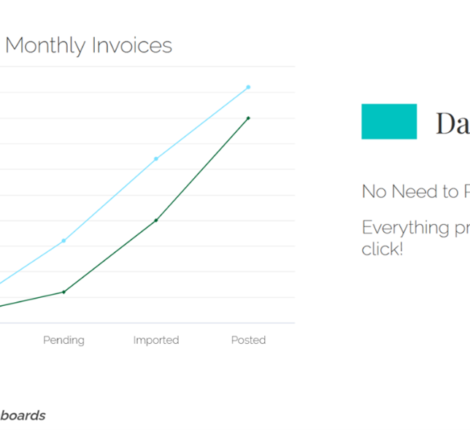CAN AI REVOLUTIONISE OUR USE OF SCADA SYSTEMS?
The information flow between industrial equipment and software is managed by Supervisory Control and Data Acquisition (SCADA) software. We can all day about this with confidence because we specialise in creating cutting-edge HMI and SCADA solutions for clients in a variety of industries. We are also constantly concerned about the advancement of SCADA systems, therefore we wish to examine how Al is reshaping the industry.
Many things have happened in the past two years, so we are excited to share all the great stuff we in the JSON team have built, and to see this reflected with so many JSON sessions at the conference.
Artificial intelligence is a way of programming computers to solve problems in ways that are similar to the way people would solve them. interconnectedness and a massive increase in computing power is resulting in the gathering of enormous amounts of data from data points. To get an overview of the data collected, set them in context, and turn them into actionable insights, the need for Al is growing. Al can assist in decision-making based on data at a speed and accuracy level that humans cannot keep up with. Al starts with gathering time-series data from sensors. The next step is to normalize the data through the use of filters. The filters need to be tailored by the time of day, irradiance, clear sky conditions, curtailment, etc. Then, daily irradiance-weighted aggregation values are applied, and an analysis of yield, soiling ratio, degradation, etc. is made possible.
Having an Al-driven SCADA system in place can help interpret data and assist humans in decision-making, making the operation run more effectively, increasing production, reducing downtime and losses, and thereby increasing ROI. Let’s take an example of photovoltaic power stations. Multiple assets are usually involved in energy production, and an increased hybridization of assets is becoming the new normal as enterprises build their renewable portfolio. In such a landscape, there is a need for SCADA systems implemented at the plant level of each asset to keep track of production and performance, and to assist workers in making the right decision at the right time, such as when to maintain a tracker, clean a panel or repair an inverter. Running the data from the plant devices through an Al software with different filters applied will ensure that qualified data is considered in the final data-driven decision output. This output can then generate a work order for 0&M teams or notify technicians that there is a fault in, for example, a tracker or an inverter.
Al-driven SCADA systems can reduce Operating & Maintenance expenses due to the development of improved, cost-effective 0&M procedures with intelligent, data-driven scheduling. Also, such a system leads to increased PV power production by reducing production losses due to under-performance and malfunctions by getting reports on the performance and health of modules, inverters, trackers, and other physical components of a plant.
Data from a SCADA system will also reduce investment risk in future projects. Historical data can help determine parameters like robust performance, soiling, and degradation parameters for production estimation.
A system will secure the value of an investment. Hard faults are easy to detect. Soft faults, like gradual degradation beyond the guaranteed limits, are hard to detect cost- effectively. Getting continuous data from a SCADA system that systematizes data over time with Al makes it easier to track losses.
A SCADA system will also help follow regulatory requirements and secure reliability and energy security. It makes “Smart integration” / hybridization with other kinds of power plants possible through continuous real-time monitoring and control of each asset.
Al-driven SCADA systems make automated operations of PV plants possible, taking down 0&M costs while increasing performance through data-driven decisions. Drop us a message our give us a call if you would like to talk more about your business’ SCADA needs.



